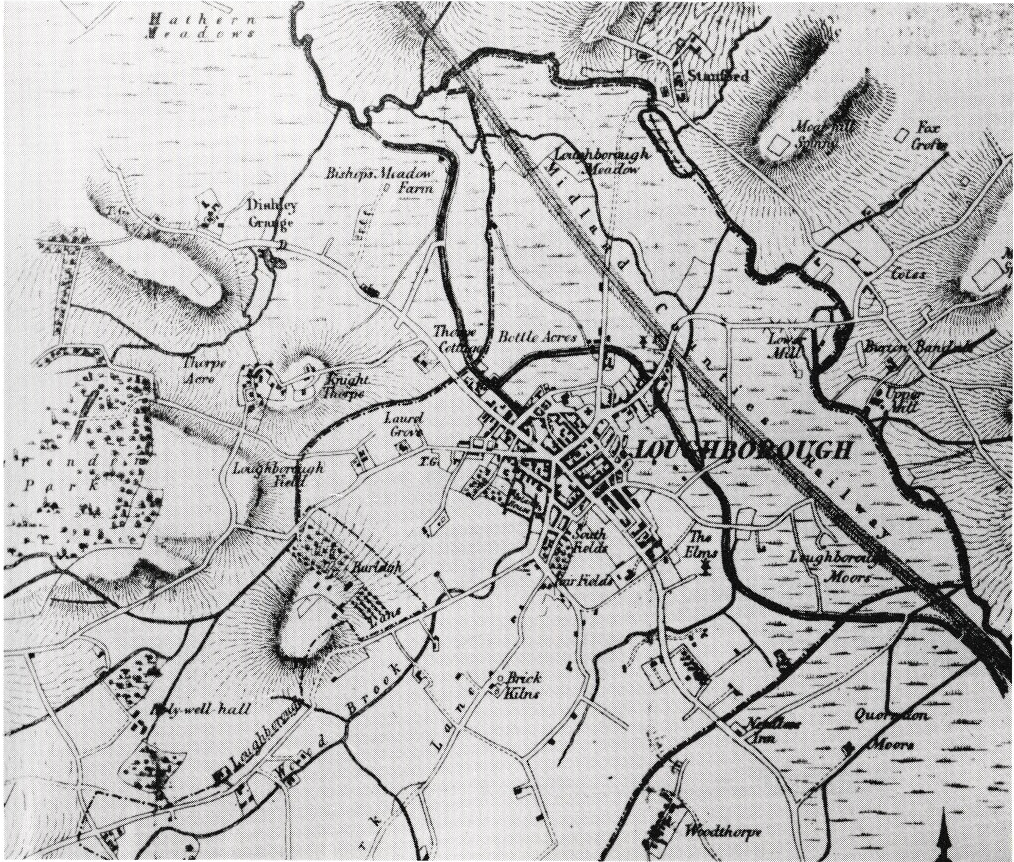Loughborough’s Sewage System Sorted
2 September 2020
In June 1852 – after public pressure fuelled by the publication of a letter from Rev. Henry Fearon and his colleague Rev. J Robert Bunce – the Local Board of Health officially agreed to sort out a decent drainage system for Loughborough.
They appointed an engineer from Nottingham – a Mr Hawkesley – to survey the issues and come up with a scheme for putting them right. In July 1852 – three years after William Lee had made his recommendations – Hawkesley delivered his report.
His plan was to install three main sewers to lead waste away to brooks on the edges of town and from there, into the River Soar. The drains would fall into the Armitage Brook near the old Midland Railway Station and the Wood Brook shortly below its junction with Burleigh Brook. The third outlet would be a brick culvert out at Bottle Acre.
It would be another two years before the Local Board completed Hawkesley’s drainage system, borrowing £8,000 to cover the cost. The drains made a huge difference to the cleanliness of the town.
They also reduced the water in the public pumps, causing water shortages in very dry weather and bringing criticism down on the Local Health Board for not having sorted out a new water supply first.
Even so, it would be many more years before the water problem was dealt with, and it would happen in a very dramatic way.
Alison Mott

Note: The drainage works were updated in 1895, when intercepting sewers were laid from the three outfalls to take the waste to the newly built sewage plant rather than to the Soar. In modern times, the sewage is taken directly to the sewage plant in one single pipe.
Read the previous post in this topic thread here.
Read the next post in the topic here.